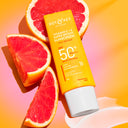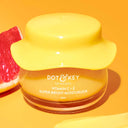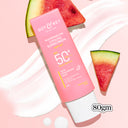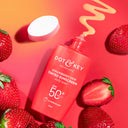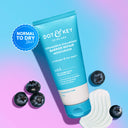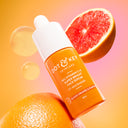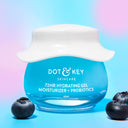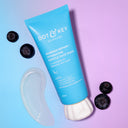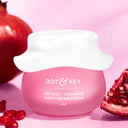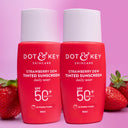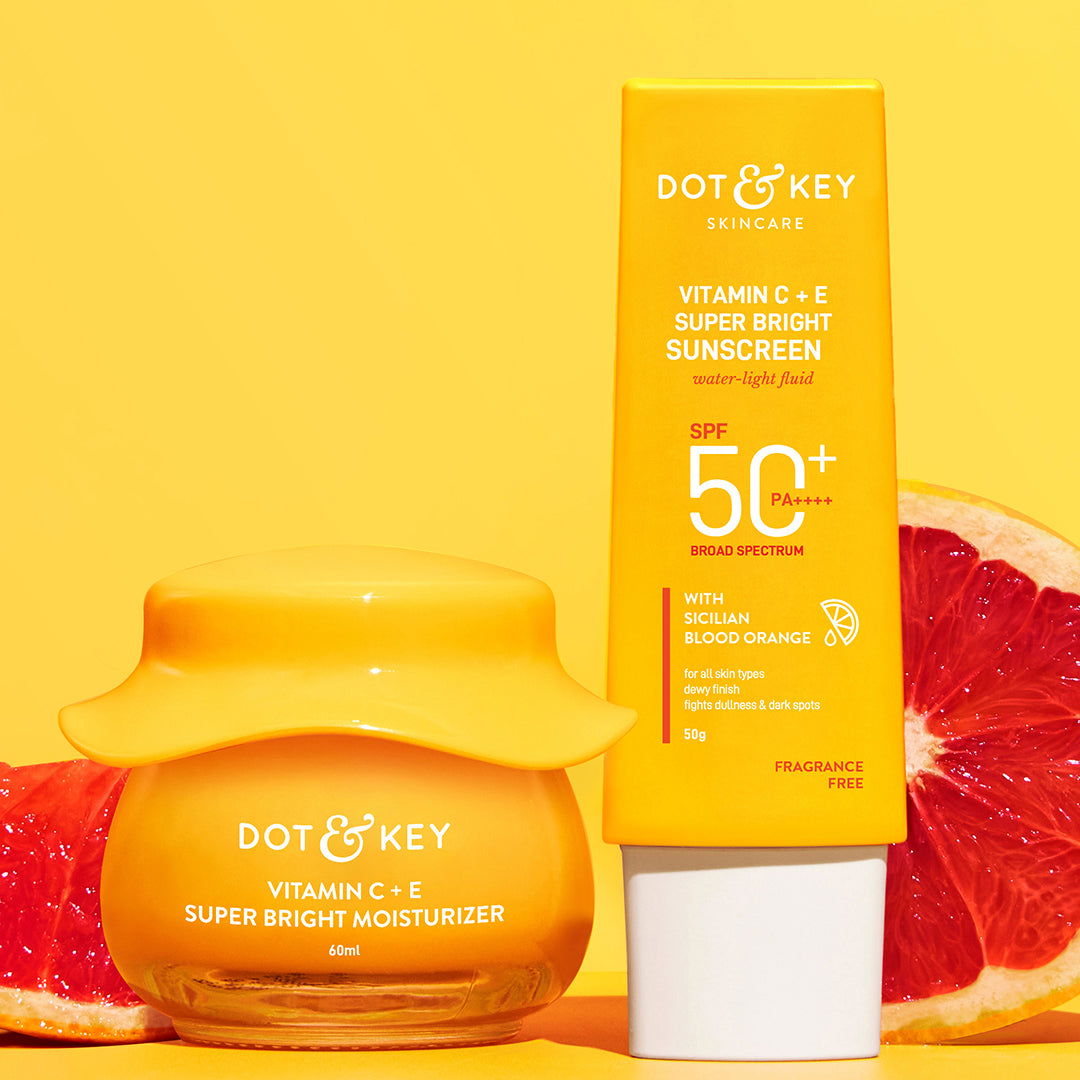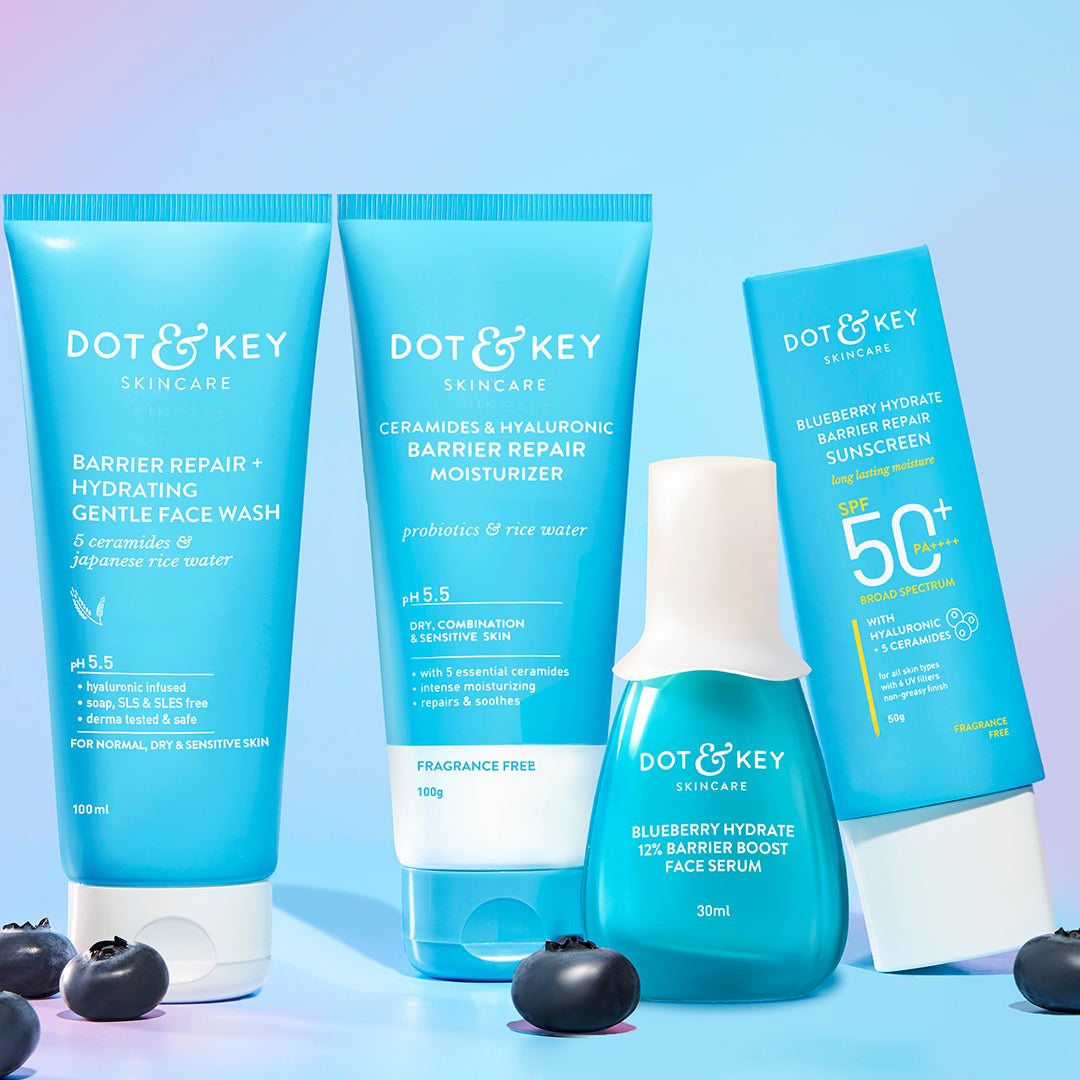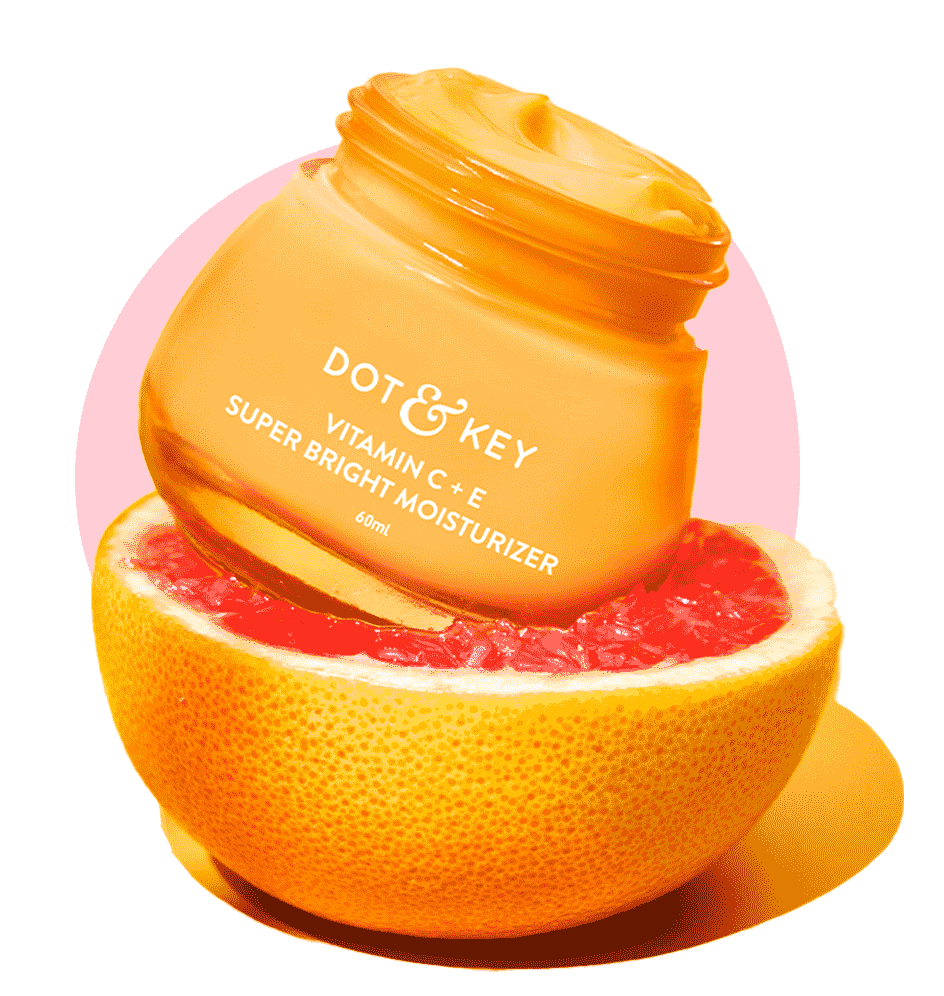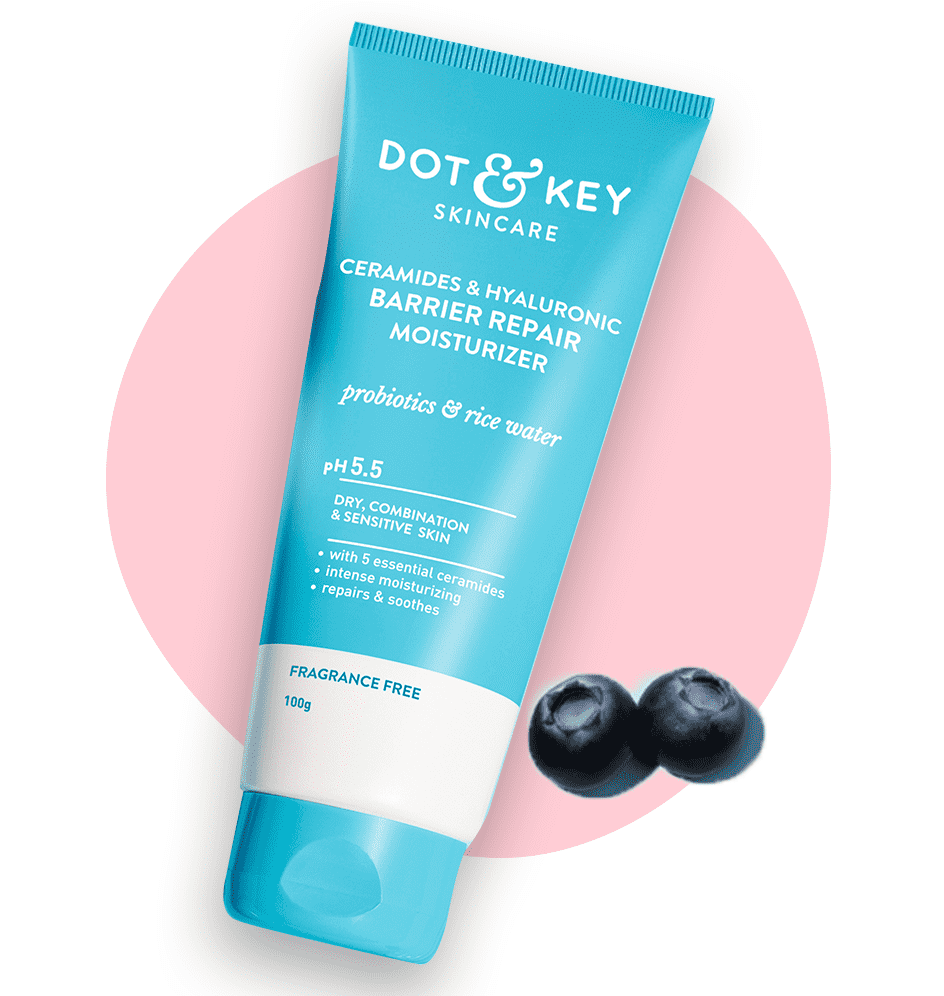
Have you ever caught a glimpse of your reflection and noticed your lips looking a shade darker than you'd like? You're not alone. Lip pigmentation— that subtle (or sometimes noticeable) darkening of the lips—affects many of us, especially as we move through our 20s, 30s, and 40s.
It's more than just a cosmetic concern; it’s a window into how our skin responds to everyday factors like sun exposure, stress, hormones, and lifestyle habits. As a dermatology expert with years of guiding clients through skin concerns, I’ve seen how understanding the science behind pigmentation empowers people to manage it thoughtfully.
In this post, we’ll break down the biology of lip pigmentation, explore the most common triggers, and share practical, evidence-based strategies to fade it gently. No gimmicks or overnight promises—just realistic steps backed by dermatological insights to help you reclaim your natural lip glow.
What is Lip Pigmentation?
Lip pigmentation, or hyperpigmentation of the lips, occurs when certain areas of the lips appear darker than the surrounding skin. It can show up as uneven brown patches, an overall deepening of colour, or even a bluish tint depending on your natural skin tone. Unlike other parts of your face, lips are thinner, more exposed, and lack oil glands—making them uniquely vulnerable to external stressors.
At its core, lip pigmentation is about melanin—the pigment that gives your skin, hair, and eyes their colour. When melanocytes (the cells that produce melanin) go into overdrive, they deposit excess pigment, causing that noticeable darkening. It’s the skin’s natural defence mechanism, but one that can feel frustrating when it lingers. The good news: with consistent care, you can encourage a more even tone over time.
The Science: Why Do Lips Become Pigmented?
To fade pigmentation, it’s important to first understand its roots. Think of melanin production like a factory: under normal conditions, it produces just enough pigment to give lips their natural pink, rosy, or brown shade. But certain triggers overstimulate this “factory,” leading to excess output—and darker lips.
Key Causes of Lip Pigmentation
- Sun Exposure: Ultraviolet (UV) rays are the biggest culprit. Without protection, lips absorb UV easily, stimulating melanocytes in the same way freckles or sunspots appear on facial skin. Over time, this leads to gradual darkening.
- Hormonal Fluctuations: Pregnancy, menstrual cycles, or oral contraceptives can shift oestrogen and progesterone levels, prompting higher melanin production. This can cause temporary darkening, similar to melasma on the face.
- Smoking & Lifestyle Habits: Nicotine and the heat from cigarettes irritate delicate lip tissue, triggering pigment as a defence. Similarly, frequent lip-licking or biting can cause inflammation and post-inflammatory hyperpigmentation.
- Allergies, Irritants, & Medications: Ingredients in lip balms, toothpaste, or even metals in jewellery may inflame lips and trigger darkening. Certain medications, like antimalarials or chemotherapy agents, can also disrupt melanin pathways.
- Nutritional & Genetic Factors: Low iron levels (anaemia) can influence lip colour, while naturally deeper skin tones are more predisposed to pigmentation. Sometimes, it’s simply genetics.
These causes often overlap. For example, if you’re outdoorsy and on hormonal contraceptives, the combination can intensify pigmentation. That’s why looking at the whole picture—not just one trigger—is essential.
Simplified Science: Melanin, Melanocytes, and Your Lips
Let's break down the biology without the lab coat jargon. Melanin is produced in tiny packets called melanosomes by melanocytes in your skin's basal layer. On lips, these cells are close to the surface, making any excess pigment more visible – like ink bleeding through thin paper.
Triggers like UV light activate an enzyme called tyrosinase, which kickstarts melanin synthesis. Hormones bind to receptors on melanocytes, ramping up the process, while inflammation releases signals that say, "Produce more pigment to protect this area!" Over time, this builds up, creating hyperpigmentation.
The flip side? Your skin is resilient. With interventions that inhibit tyrosinase or speed up cell turnover, you can dial back production. Studies, like those on natural inhibitors, show promise in gently resetting this balance. It's not magic – it's science working with your body's natural repair mechanisms.
How to Fade Lip Pigmentation: Practical, Evidence Based Strategies
Fading takes patience – think weeks to months, not overnight. Start with gentle, consistent habits, and layer in stronger options if needed. Always patch-test new routines to avoid irritation.
Natural Remedies: Gentle Starts from Your Kitchen
Nature offers accessible tools that target melanin mildly. Here's how to use them safely:
- Lemon Juice Scrub: Citric acid in lemon acts as a natural exfoliant and tyrosinase inhibitor, sloughing off pigmented cells while brightening. Mix fresh lemon juice with a teaspoon of honey (for hydration), apply for 10 minutes twice weekly, then rinse. Avoid if you have sensitive skin – it can dry out lips.
- Aloe Vera Gel: This soothing plant contains aloesin, which may block melanin formation, per older studies. Dab pure gel on clean lips nightly, letting it absorb. It's hydrating, making it ideal for dry climates.
- Turmeric Paste: Curcumin in turmeric has anti-inflammatory properties that could curb excess pigment. Blend a pinch with milk into a paste, apply for 15 minutes, three times a week. Rinse and follow with a moisturiser to prevent staining.
- Almond Oil Massage: Rich in vitamin E, it nourishes while potentially lightening through gentle exfoliation. Massage a drop nightly – simple and effective for maintenance.
After any remedy, lock in moisture to support healing. A nourishing lip balm like Dot & Key SPF 50+ Meltie Lip Balm can provide that barrier, keeping lips plump, hydrated & protected.
Topical and Professional Treatments
For stubborn cases, consider over-the-counter topicals with ingredients like kojic acid or vitamin C, which stabilise melanin production. Apply sparingly, as lips are sensitive.
If natural methods plateau, consult a dermatologist for options like chemical peels (using alpha hydroxy acids to renew skin) or laser therapy, which targets pigment precisely. These are more effective for deeper pigmentation but require downtime. Remember, results vary by skin type – darker tones may need gentler approaches to avoid rebound darkening.
Balance is crucial: Combine remedies with hydration and sun protection for the best outcomes. Track progress with photos every two weeks to stay motivated.
Prevention: Safeguarding Your Lips Long-Term
The best fade starts with prevention. Shield lips from UV with a broad-spectrum SPF balm daily – even on cloudy days. Quit smoking if possible, as it halts the irritant cycle. Stay hydrated, eat iron-rich foods like spinach, and opt for fragrance-free products to minimise reactions.
Gentle exfoliation weekly keeps dead cells at bay without stripping moisture. Over time, these habits can prevent recurrence, letting your natural lip colour shine through.
Conclusion
Lip pigmentation isn't a flaw; it's your skin's story of protection and adaptation. By grasping the science – from UV-triggered melanin surges to hormonal nudges – you can approach fading with confidence and kindness. Whether through kitchen remedies or expert guidance, the path to even-toned lips is about nurturing, not forcing change.
Embrace the process, and remember: healthier habits today pave the way for radiant skin tomorrow. Your lips deserve that care – and so do you.
Key Takeaways
- Understand the Cause: Sun, hormones, and habits drive most pigmentation; identify yours for targeted fixes.
- Start Gentle: Use natural exfoliants like lemon-honey scrubs and always moisturise – try a balm like Dot & Key Meltie Lip Balm for hydration.
- Protect Proactively: Daily SPF on lips prevents worsening; combine with quitting irritants for lasting results.
- Be Patient and Balanced: Expect gradual progress, and consult pros for stubborn spots.
- Holistic Approach: Hydration, nutrition, and stress management amplify every effort.
FAQs: Your Lip Pigmentation Questions Answered
Here are five common queries I hear from clients:
Can lip pigmentation be permanent?
Not usually – most cases fade with consistent care, but genetic or chronic conditions may need ongoing management. See a dermatologist to rule out underlying issues.
How long does it take to see results from fading treatments?
Natural remedies might show subtle changes in 4–6 weeks; professional ones faster, around 2–4 weeks. Patience is key – skin renews every 28 days.
Does diet play a role in lip pigmentation?
Indirectly, yes. Nutrient gaps like low iron can contribute, so focus on balanced meals with antioxidants from berries and greens to support skin health.
Are these remedies safe for all skin types?
Generally, but test first. Citrus-based ones suit oily skin better; opt for aloe if you're dry or sensitive. Darker tones should avoid strong acids to prevent irritation.
When should I see a dermatologist for dark lips?
If pigmentation appears suddenly, changes shape, or accompanies symptoms like fatigue or itching – it could signal something more, like a medication reaction.

